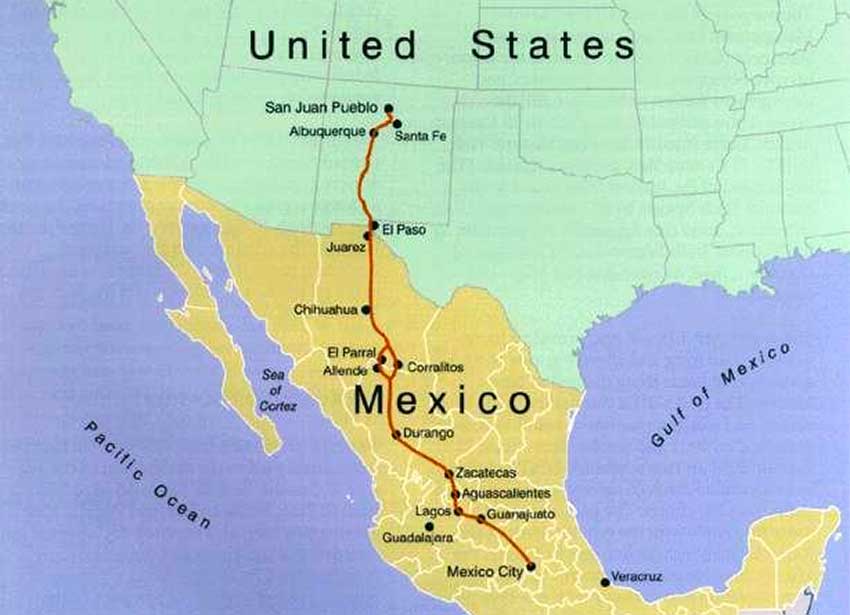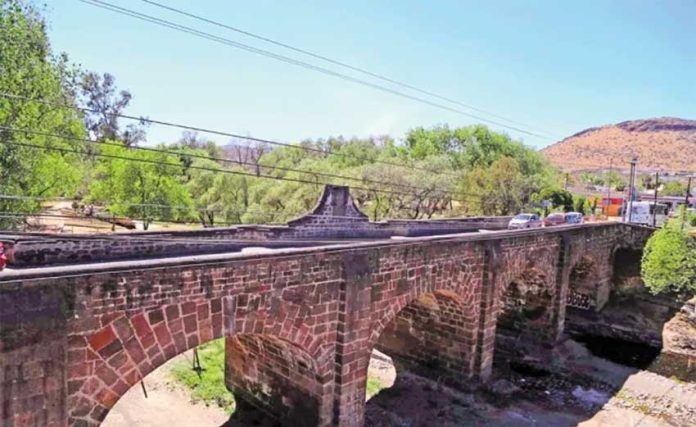The National Institute of Anthropology and History (INAH) has approved a project to restore a historic bridge in San Juan del Río, Querétaro.
El Puente de la Historia, or the Bridge of History, is a 110-meter-long bridge built in the early 1700s across the San Juan river.
It marks the entrance to the Bajío region of the country for northbound travelers and was also part of the 2,560-kilometer Camino Real de Tierra Adentro (Royal Road of the Interior Land), a trade route between Mexico City and San Juan Pueblo, New Mexico, from 1598 to 1882.
The Camino Real route was declared a UNESCO World Heritage site in 2010 but the bridge has significant structural damage that is exacerbated by vehicular traffic.
Work to restore it will be carried out by the Querétaro Secretariat of Urban Development and Public Works.

The department’s chief said that authorities at all three levels of government have given the green light for the project.
“The project was approved and has permits from different federal authorities: INAH, the National Water Commission, the Secretariat of the Environment, [as well as] state authorities and the municipality of San Juan del Río . . .” Romy Rojas Garrido said.
To allow the extensive restoration work to occur, Rojas said, a new vehicle bridge will be built next to the existing one, explaining that it will allow the restoration and subsequent preservation of “one of the oldest and most important and monuments in the country” and also “provide a solution to San Juan del Río’s transportation problems.”
Land surrounding the bridge will be beautified and turned into public space.
The Camino Real route, including El Puente de la Historia, is one of 35 UNESCO World Heritage sites in Mexico.
Among the others are the historic centers of Mexico City, Puebla, Oaxaca, Morelia and Zacatecas, the Palenque, Teotihuacán and Chichén Itzá archaeological sites, the whale sanctuary of El Vizcaíno, the monarch butterfly biosphere reserve and the agave landscape and ancient industrial facilities of Tequila.
Source: El Universal (sp) AM (sp)
